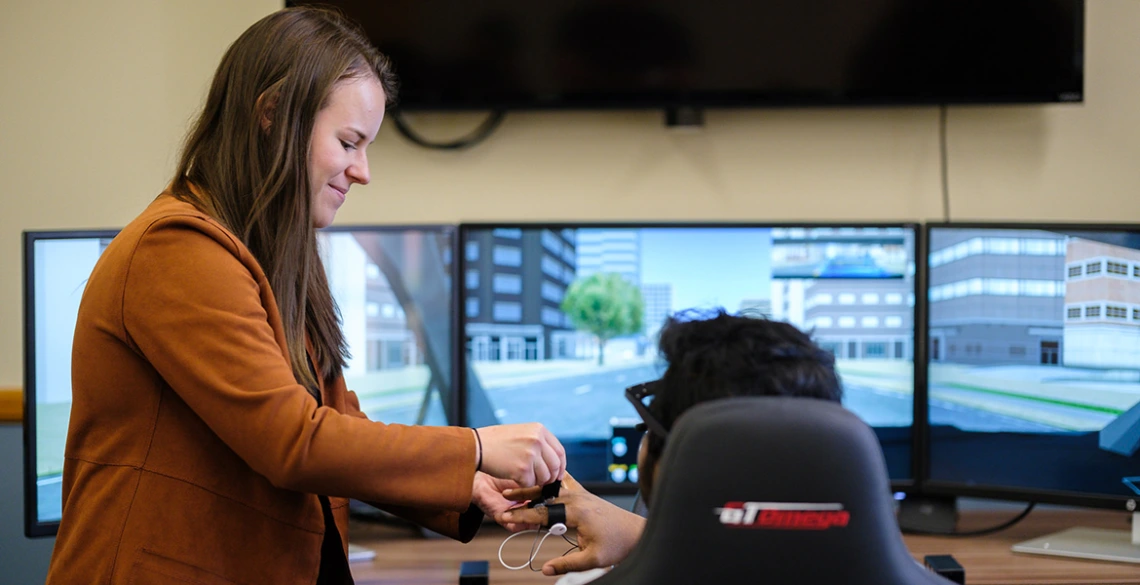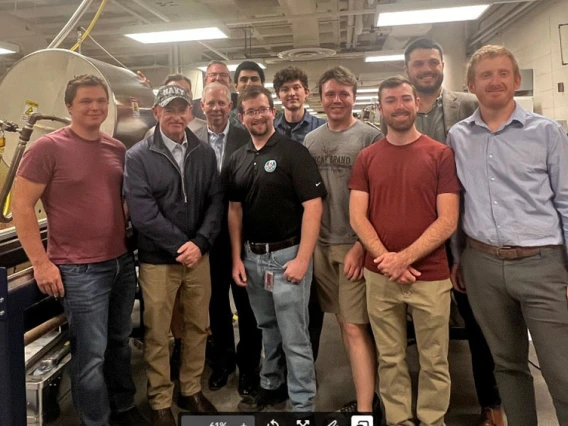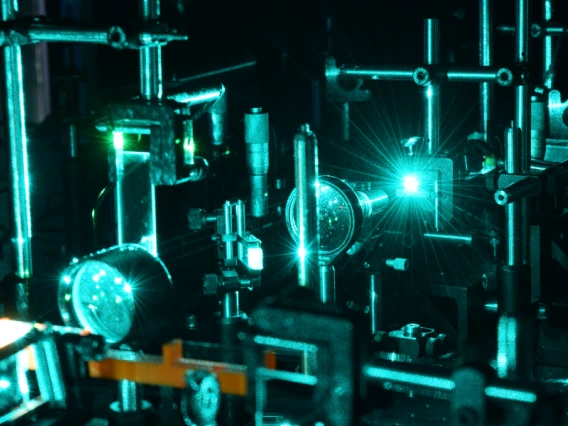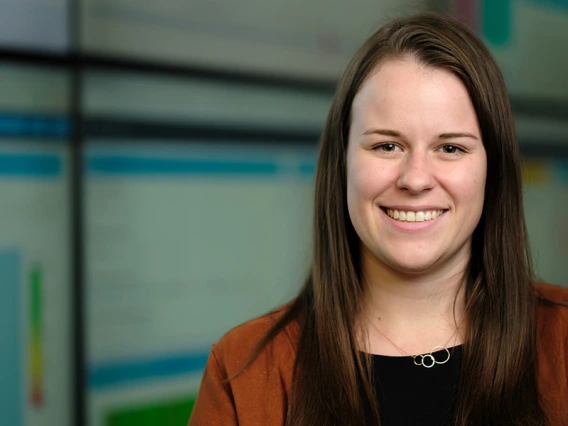College Marks Historic Year in Research Expenditures
Investment in partnerships and centers boosts Arizona’s regional economy and elevates the College of Engineering’s competitive status for major grants.

A strong economic and industry focus – workforce development and technological advancement – distinguishes hands-on, career-oriented engineering programs from many other academic paths.
The University of Arizona College of Engineering, closing out the spring 2024 semester with a 21% increase in research expenditures over last year’s third-quarter record, is experiencing historical highs in federally funded centers and doubling average project budgets.
“Third-quarter was one of our strongest quarters ever, indicating significant growth for the year,” said Mark Van Dyke, who joined UA Engineering as associate dean of research four years ago. “There is a renewed focus on the research enterprise in the college that has served to lift everyone.”
The college saw a 76% increase in research expenditures for the third-quarter over the 2018-2022 third-quarter average; Van Dyke expects annual expenditures to double compared with 2018, the year before the college began implementing its rapid growth strategies. Average project budgets, under $100,000 in 2015, have also doubled.
David W. Hahn, Craig M. Berge Dean of the college, has envisioned strong research growth since joining the college in 2019.
“The plan has helped shape a new culture in the college, with colleagues supporting one another to go after big grants,” said Hahn. “Collaboration inside and outside the college and its departments is key to a healthy research enterprise.”
Adjusting to Changing Federal Landscape
The college is gearing its pursuit of research dollars, which reached an all-inclusive $63 million in 2023 expenditures, toward federally funded mega-projects and regional partnerships that require working across government agencies, with multiple academic institutions, and industry.
“Our average project is no longer a single PI doing something in a lab. The projects are becoming more attached to other things – whether that is other faculty laboratories across the university or other universities, the community, or economic development at the state level,” Van Dyke explained.
Built around the college’s strengths in areas such as transportation infrastructure, water reuse, semiconductor manufacturing, hypersonic flight, mining, quantum mechanics, biomedical technology and sustainable energy, labs and centers not only accommodate collaboration, but also serve as a public face for the university’s research endeavors.
“It can be a challenge for outside stakeholders to come to a university and figure out where to go to get what they need,” said Van Dyke. “These research centers demystify the university’s resources and facilities.”
One college center that caught the eye of federal sponsors in 2024 was the New Frontiers of Sound Science and Technology Center, which received $30 million from the National Science Foundation.
The center, led by materials science and engineering professor Pierre Deymier, focuses on topological acoustics, an emerging field in which researchers exploit the properties of sound in ways that could vastly improve computing, telecommunications and sensing.
"The quiet revolution advancing sound science and technology is afoot. And that is where the new center comes in," said Deymier, center director and project principal investigator.
Becoming a Dominant Economic Force
Some research hubs – for example, those partnering with utility and transportation companies and agencies – are more reliant on funding closer to home, but they are just as tied to economic development.
The Center for an Arizona Carbon-Neutral Economy – a partnership between the University of Arizona, Arizona State University and Northern Arizona University – coordinates with the state’s four major energy providers: Southwest Gas, Tucson Electric Power, Salt River Project and Arizona Public Service.
“There is a focus across society in decarbonizing the energy sector, which burns a lot of fossil fuels, but it also crosses into transportation and agriculture,” Van Dyke said.
Similarly, the Center for Applied Transportation Sciences, partnering with the Arizona Department of Transportation, Pima County and the City of Tucson, serves academic institutions, private companies and government agencies throughout the state.
“Our goal is to combine emerging technologies such as artificial intelligence with existing multimodal infrastructure to make traffic move more efficiently – thereby reducing emissions and preventing people from sitting in congested traffic,” said the center’s director, Yao-Jan Wu, professor of civil and architectural engineering and mechanics.
Increasing Job Opportunities for Students
The college’s major research projects and centers all include outreach and workforce development, which for students means well-defined career paths in industries experiencing high demand.
“The college has top-rated facilities such as biomedical device labs, hypersonic wind tunnels, the San Xavier Mine, clean rooms and design centers,” said Hahn. “These large research grants in vitally important economic areas reinforce a hands-on, career-oriented education that prepares students for some of the best jobs locally, nationally and worldwide.”




